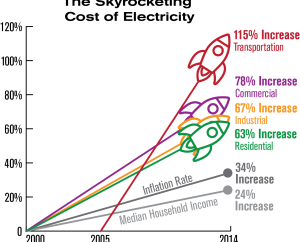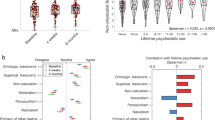Before, power establishes essentially consumed coal to create power, which brought about a lot of contamination. Luckily, most power establishes today utilize flammable gas, reusing, and environmentally friendly power sources like breeze and sun oriented to deliver power – and they’re far more effective than more seasoned assortments of Reliant Energy rates stations! Obviously, there’s only one catch: flammable gas and renewables are more costly to create. Power makers need to pick this explanation: charge something else for cleaner energy, or charge less for dirtier energy. In many states, as well as different nations all over the planet, your general bill is essentially affected by the amount of CO2 power plants discharge out of sight. Your portion of that bill – and your own CO2 discharges – is known as a carbon impression.
Carbon Footprint
Carbon Footprint is bookkeeping of the ozone harming substance discharges brought about by movements of every sort during a specific period. There are two sorts of Carbon Footprints: Direct and Indirect. The immediate impression estimates discharge from homes, vehicles, and different things under your influence. The backhanded impression estimates outflows from the development of power you use at home or work.
Two kinds of carbon footprints

An aberrant carbon impression estimates complete ozone harming substance outflows from power consumed at home or work, paying little heed to where it was produced. An immediate carbon impression estimates locally established wellsprings of ozone-depleting substance discharges, for example, energy use by machines and vehicles. The essential contrast is that your roundabout impression incorporates outflows from the power that your utility buys and conveys to you (or the other way around), while your immediate impression incorporates discharges related to the creation of any power you buy for your own utilization.
Carbon Footprints in my electric bill
The expense to produce and convey electric assistance mirrors the age, transmission, and circulation expenses of your electric utility. How much power you use in your home or business is an element of how much power you want when you use it, and which machines and hardware are turned on at that point. So, the higher the carbon impression of the power utilized during a charging period, the more CO2 transmitted from power plants to supply that help and the higher your electric bill.
Ways of diminishing my carbon impression
- You can do whatever it takes to decrease your energy use by further developing energy proficiency. Energy-proficient items and gear get a good deal on service bills while likewise diminishing ozone-harming substance discharges since they require less ability to work. A few models incorporate protection, proficient lighting, Energy Star machines, programmable indoor regulators, and high-effectiveness water radiators.
- Albeit not all your power needs can be met by the age of force through sustainable assets, you can buy environmentally friendly power endorsements (RECs) to balance a portion of your carbon impressions. RECs are natural ascribes related to electric power created from qualified dependent energy assets that can be bought by U.S. clients and conveyed to their nearby service organization.
Decide my carbon impression
Venture out toward energy proficiency by leading an energy appraisal of your home or business to find all regions where saving energy, diminishing carbon impressions, and reducing utility expenses can be accomplished. Find out about having the ability to pick your home or business energy use and afterward focus on how you can diminish it.




